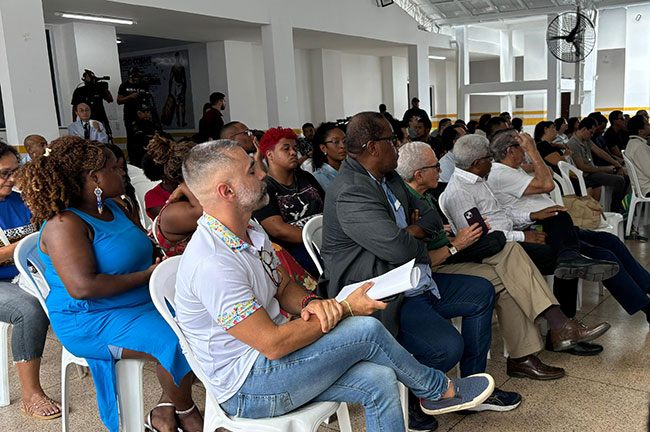2022 Census
In São Luís (MA), IBGE releases Quilombolas' locations, literacy rates and characteristics of households
July 19, 2024 05h41 PM | Last Updated: July 24, 2024 10h55 AM
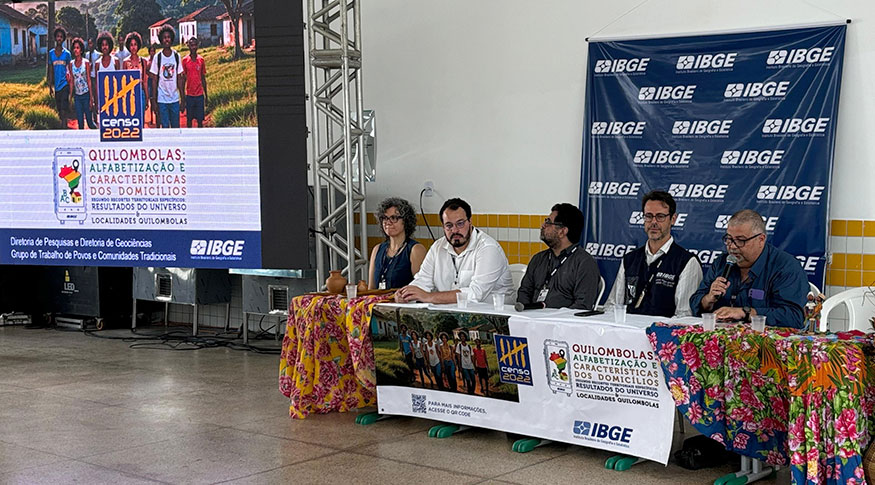
The Brazilian Institute of Geography and Statistics (IBGE) released this Friday, the 19th, data referring to the “2022 Population Census - Quilombolas: Literacy and characteristics of households, according to specific territorial sections: Results of the universe” at the Fuul-Time Municipal School of Negro Cosme, located in the Liberdade neighborhood, in São Luís (MA), in an event broadcast by the IBGE Digital channel.
The remainder is temporarily in Portuguese.
The release event began with the presentation of the local group “Tambor de Crioula do Mestre Leonardo”, with the performance of regional songs and dances. After the cultural moment, the IBGE technical team presented data relating to the complete addressing attributes of the 2022 Census. The Deputy Director of Surveys, João Hallak Neto, ahead of the Institutional Management of the Technical Coordination of the Population Census, Rafael Kessler Fernandez, Manager of Traditional Territories and Protected Areas, Fernando Damasco, and the technical responsible for the Technical Project of Traditional Peoples and Communities, Marta Antunes, made up the roundtable, mediated by the Coordinator of the Center for Information Documentation and Dissemination and Social Communication, Daniel Castro.
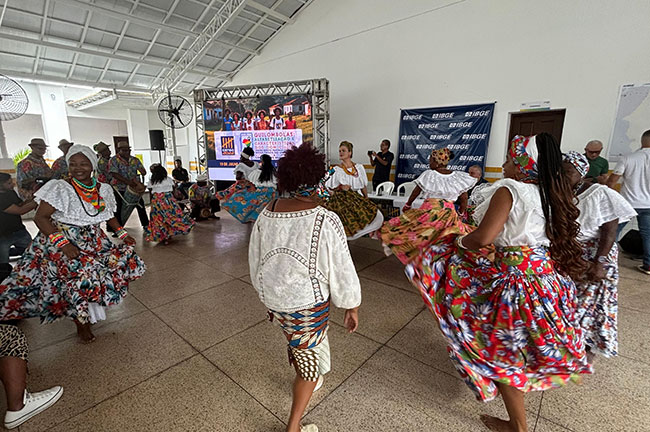
Hallak Neto opened the presentation by highlighting that “the IBGE brings to the public information that allows them to understand the literacy situation of Quilombola people, according to age groups, characteristics of households, based on the survey's basic questionnaire. For the first time in a Brazilian census survey, the quilombola population was identified as an ethnic group in the most important demographic, geographic and socioeconomic portrait of the country. In this publication, the IBGE does justice to its mission and expands an official portrait of this important population group, providing unprecedented statistics about this group”.

Secretary of Racial Equality of the State of Maranhão, Gerson Pinheiro Souza stated that the event represented “the culmination of a very important work by the IBGE, bringing for the first time the mapping of Quilombola communities in the country. Now we know where the quilombola community is and its recognized territoriality, to carry out affirmative policies aimed at blacks, Quilombolas and African population in Brazil and, specifically, in Maranhão”.
Kenia Santos, a technical advisor to the State Secretariat for Human Rights and Popular Participation of Maranhão, highlighted that “the event held gave us a perspective of what is happening and, based on the data presented, the State of Maranhão can implement specific policies for the quilombola population and to all original peoples. We are grateful for the work of the IBGE and are open to future partnerships.”
Rafael Kessler Fernandez, responsible for the Institutional Management of the Technical Coordination of the Population Census explained that “the work published here could not be carried out without our team, especially the enumerators, who worked inunder the sun and the rain to obtain the results. This was the most difficult Census in IBGE's 88 years, with obstacles such as the pandemic that changed our way of working”.
Representing the Directorate of Geosciences, Fernando Damasco stated that “the information disclosed reflects the distances faced by the Quilombola population in accessing fundamental rights, such as education and basic sanitation, rights which guarantee the well-being of communities and the environmental sustainability that we pursue so much. Geospatial information highlights the diversity of the ways in which Quilombola communities in our country live. This process was only possible by listening to Quilombola leaders and thanks to the technical effort that established innovative solutions based on the integration of geography and statistics, a characteristic of our institution”.
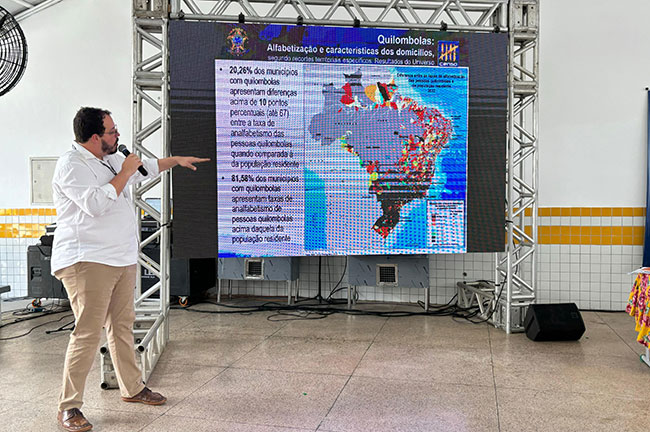
Superintendent of the IBGE in Maranhão, Marcelo Virginio de Melo, mentioned the service carried out in the 2022 Census and explained that in it “we arrived at a result that has international comparability and conditions to reflect the country's reality, and we will be able to analyze it and make it better".
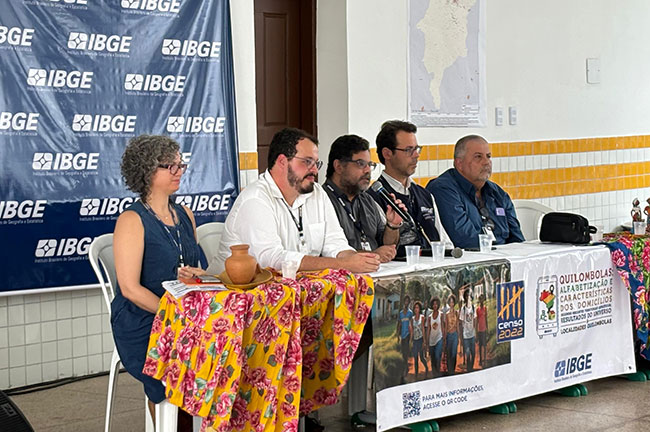
Technicians present the results of location, literacy and characteristics of the Quilombola population’s households from the 2022 Population Census
The technical responsible for the Technical Project for Traditional Peoples and Communities, Marta Antunes, opened the release envent with information about the literacy rates of the Quilombola population. In the officially delimited Quilombola territories, there were 122,227 persons aged 15 or over in 2022. The literacy rate of this group was 80.25% (98,091 persons), below the national rate for this portion of the population (93.0%) and also lower than the literacy level of the Quilombola contingent as a whole (81.01%). Consequently, the illiteracy rate reached 19.75% (24,136 persons), a level higher than the national rate (7.0%) and the percentage of illiterates in the Quilombola population in general (18.99%).
“The literacy situation of Quilombola people does not differ significantly based on the location of their household, inside or outside the officially delimited Quilombola territories. When analyzing the group of Quilombola people, this difference is just one percentage point”, explained Ms. Antunes.
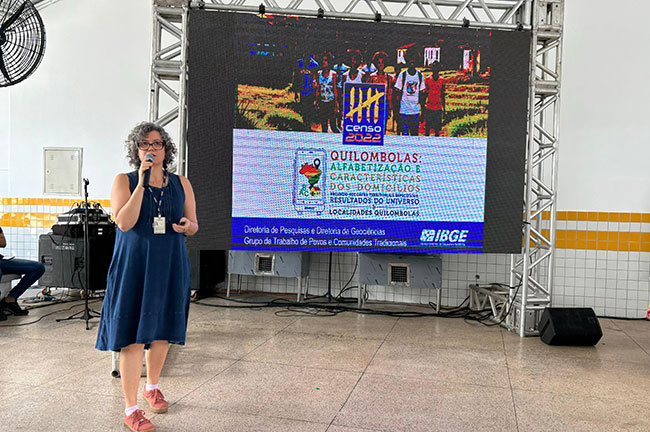
Fernando Damasco reinforced the large gap in illiteracy between the Quilombola and Non-Quilombola population. “20.26% of municipalities with quilombolas present differences above 10 percentage points between the illiteracy rate of Quilombola people when compared to the resident population,” said Mr. Damasco.
Afterwards, the team presented information related to the characteristics of the Quilombola population's households, investigating topics such as how to supply water, the existence of water pipes, the existence of bathrooms or toilets, types of sewage systems and the destination of waste.
In Quilombola Territories, the proportion of Quilombola residents who live in households with greater precariousness or lack of basic sanitation, whether in relation to water supply, sewage disposal or garbage collection, exemplified the technicians from the IBGE.
Closing the presentation, the team released data on Quilombola locations. The 2022 Population Census shows that Brazil has 8441 quilombola locations in its territory, 24% of which are located in the state of Maranhão. Among the regions, the Northeast has the largest number of identified locations, with 5,386 (63.81%) occurrences. The city of Alcântara (MA) has the most quilombola locations in the country, with 122 in total.
“Quilombola communities have different spatial configurations. The definition of locations seeks to establish standardized criteria for identifying places characterized by the habitual residence of groups of people belonging to these communities. The parameters adopted sought to guarantee the confidentiality of ethnic-racial information, and, at the same time, to enable the best possible identification of the spatial occurrence of groups of Quilombola people”, concluded Mr. Damasco.
Residents of Quilombo Liberdade follow the release of the 2022 Census results
Alan Pereira da Silva is an administration student and resident of Quilombo Liberdade, the location of this Friday's announcement. “We are happy to welcome you here at Quilombo Liberdade to receive and have access to this information about our population”, explained the student. For Mr. Silva, it is gratifying to welcome the IBGE, a very important body for Brazilians, which identifies problems in our country and can help with solutions, being transparent with data”.
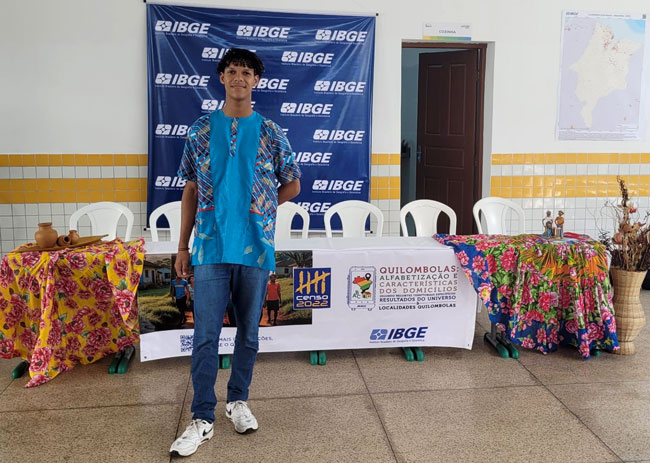
Likewise, the director of the Quilombo Project, Eliane Sá, highlighted that “the dissemination of this data is extremely important, given that our population lacks public policies. This information are a gain, because there is the possibility of public policies more focused on Quilombolas. The IBGE is a very credible data producer and with this event, it gives us visibility at a national level for our Quilombo and the state of Maranhão”.
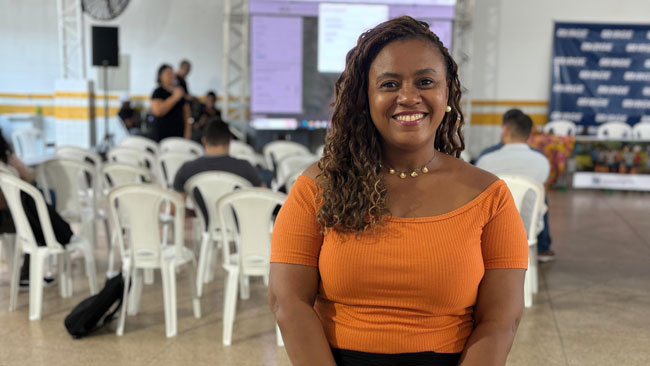
“Today's event was of great relevance to our community, with a large population that came from rural quilombos, and today resides in the city of São Luiz. Having an event of this great proportion, with these extremely important results, with the characteristics of Quilombola households, is of great relevance for Brazil and all Quilombola communities”, stated Carlos Renildo Costa, president of the Association of Quilombola Remnants of Bairro da Liberdade.
